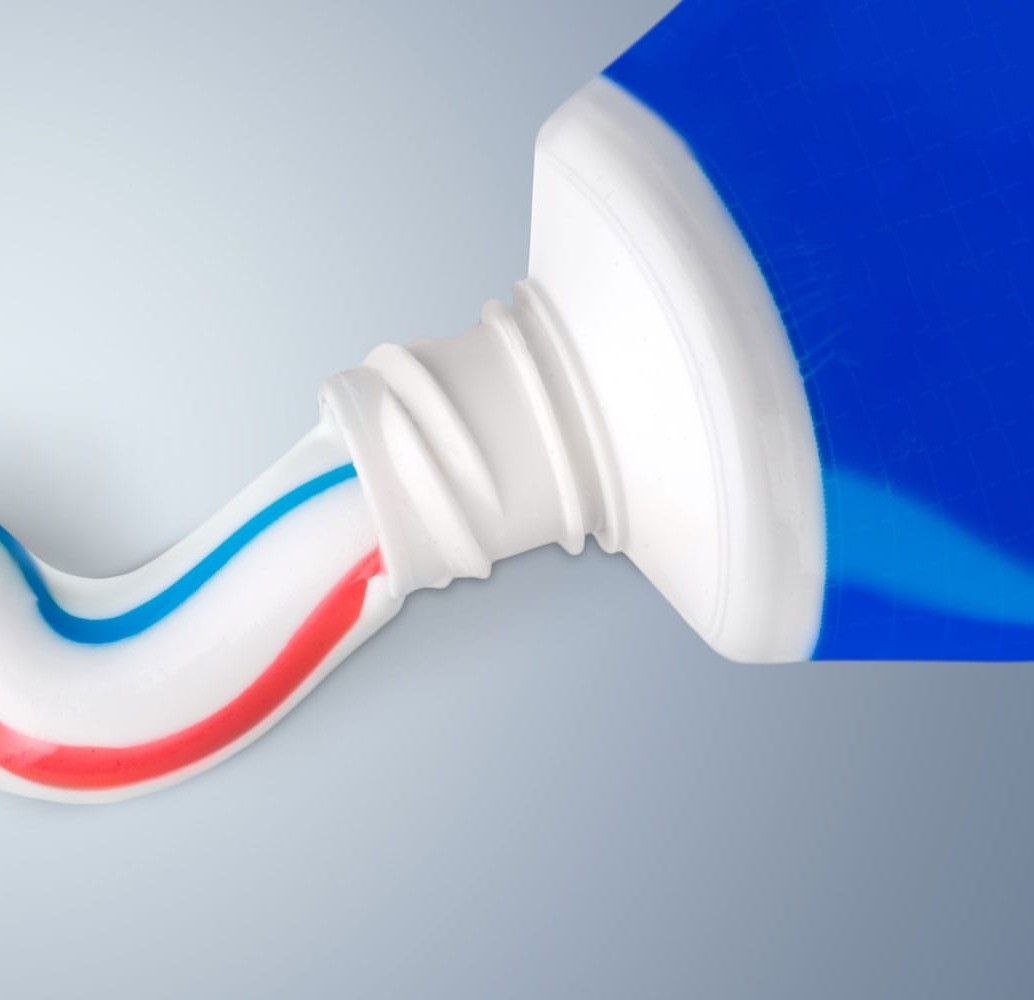I just watched a TikTok about how people used to plug in things to their light sockets when electricity was first becoming popular. And they kept calling the plug a light socket, what rule says it’s not a plug that screws in? And why shouldn’t plugs screw in? We have material science to make plugs and cables hard enough that if you kick the wire it still doesn’t come out. Electrical connections should be more secure. That’s all I’m saying.
Plugs can be more secure, but they also can’t.
You don’t want plugs to be too secure because they’re supposed to be temporary. Plug in fast, unplug fast.
There’s a benefit to plugs that come off easily: That’s the weakest point. If you kick a cord, the cord doesn’t snap, it just comes unplugged. If you make your plug stronger, maybe instead the cable breaks and now you’ve got lethal voltage swinging around, or you have arcing inside a connector or inside a cable that starts a fire.
There are electrical connections that are more secure used in industry or other places. For example DIN plugs or Brad Harrison connectors.
My guess to the biggest reason not to do this is safety - if somebody is being electrocuted, you want to be able to pull the cord out of the wall as quickly as possible to maximise their chance of survival.
… because they’re supposed to be temporary. Plug in fast, unplug fast.
Some are supposed to be temporary. Others are meant to be more permanent.
But anywhere a plug is permanent, like an entertainment center, it’s not in a place where it’s in danger of being jostled. So there’s no need for a stronger attachment.
Cause if something catches and pulls hard on the cord you would prefer it yank the cable out of the socket and you just plug it back in, rather than either strip the screw and ruin the socket or even pull the entire socket out of the wall. Or if you trip on that cord its much safer for you to have that cord come out and only trip you a bit than it catch, go taut, and send you falling on your face.
This. They make twist lock receptacles, for certain applications. Normally in commercial settings where small appliances are powered by ceiling mounted outlets.
My university theatre has twist locks for their electrics. But the theatre I’m working in now uses stage pin.
Your foot catches the cable. It’s immediately taut. Your leg’s caught and you start to fall. Right then, this drywall gives way and the cable, the socket, and a big chunk of drywall come flying forward and crack the back of your skull. You’re out cold.
The exposed wiring touches the pile of foil bags you were carrying. Electricity arcs through the stack igniting the entire thing instantly.
The plastic is burnt off in a toxic cloud, which engulfs everyone present.
In his microplastic gas stupor the first guy to pull out his phone drops it. The wildly oscillating cord being pushed around by boiling steam happens to land on both sides of the phone and sends a vicious arc through the case. The battery overheats and explodes, injuring the cat.
Nice work, screw-in plugs. Nice work indeed.
If you’re ripping out drywall because you tripped over a twist lock cord, something (the outlet box) definitely wasn’t installed correctly.
deleted by creator
Yeah, think about a child tripping over a cord. Do you want it to come unplugged or pull down the crock pot, coffee pot… This is also why they put short cords on hot stuff.
I can see multiple reasons:
- trip hasard
- could break the cord or the device if it gets yanked
- less convenient, slower
- it would tangle/twist the cable
To ad to the first 2 points when a cable is broken often from getting tripped from the cable it’s now a electrocution hazard meanwhile with the sockets we have now when you trip from a cable it’s just unplugs and there’s no risk of electrocution
Because it’s better for a plug to pop out the socket then the socket come out the wall when someone trips ok a wire. Or you could just use a sensible design like the British plugs that have the wire coming out the base and three pins to hold it secure.
Fr I love my country’s plugs. So easy to hide away too because they aren’t very deep, you can get a unit right up next to them. Plus the safety improvements of the requirement for the top pin to be inserted to unlock the other 2, and having it connected to ground.
Totally, UK plug massive represent. Don’t forget the in-built fuse too, stops your equipment getting blown up by surges.
Germany is the best I’ve seen, pretty much the USB C of wall plugs.
Are you high? Who in their right mind thinks this is a good idea?
It’s a lot harder to stick something, like your fingers, into a small hole than a light socket.
And what if you need to unplug something quickly?
just cut it and solder everything back together later
Yes, cut it and complete a circuit with the scissor blades so now they’re electrocuted as well. That’s the best solution by far
If your appliance or electronic catches fire the first thing you should do is unplug it if you can. You can’t do that with a screw plug.
Check out the British design to see a way to make them more secure: Tom Scott explaining British power outlets
Here is an alternative Piped link(s): https://piped.video/UEfP1OKKz_Q
Piped is a privacy-respecting open-source alternative frontend to YouTube.
I’m open-source, check me out at GitHub.
Basically that weak contact before the device finishes being screwed in would cause a lot of arcing which would definitely cause a short circuit and would definitely trip your breaker almost constantly. The reason lightbulbs can be screwed in is not so much that it’s a convenient way to design an installable electronic but more that lightbulb companies wanted to create a design that would be so easy to replace any person could do it without any training.
So Edison hired a team of engineers to design an easy and safe application and they made the screw in application such that the contact would only get close enough at the very end of screwing and so that none of the metal would be able to contact human skin, avoiding electrocution and minimizing arcing.
For literally any higher draw application this would cause arcing so intense it would flip a breaker or possibly destroy the device and cause a fire. If you want a real life example just take a portable heater, set it to on and plug it into the wall but make that plugging motion last 3-5 seconds. WARNING you will at the very least flip a breaker and at the worst cause a fire and destroy your wall outlet, so don’t actually try this at home lmao
Maybe you want it to release. Mac did that with their laptop in the early ‘00s and it was really handy.
Late 2000s to mid 2010s, and they started again a few years ago.
You know when you are screwing in a blub without turning off the switch how the blub will blink a few times while you are screwing it in? Most electronic don’t like that.
They do make twist in plugs…
Your standard (north american) plug is a NEMA 5-20R… the twist in (locking) variant is NEMA L5-20R.
I see locking plugs most commonly used in applications where the cord may have a bit more force to it… example: a ceiling mounted receptacle serving movable furniture/equipment.
Theyre not used for standard domestic applications for all the reasons other userd indicated in this thread.
They also make NEMA plugs with threaded rings around the boot for applications in marine and other harsh environments.
For what benefit?
Rather have a plug pull out of an outlet than it ripping the cable out of the housing of the equipment it is in or cause other damage. But more importantly, we do have connectors that let you screw in a plug (or have a latch or other locking mechanism). Very common on higher voltage equipment in industrial applications. But again, what is the benefit for day-to-day use for regular devices? Plugs don’t just fall out of outlets on a regular basis. This isn’t really a problem that needs solving.
Twist lock plugs are definitely a thing.







